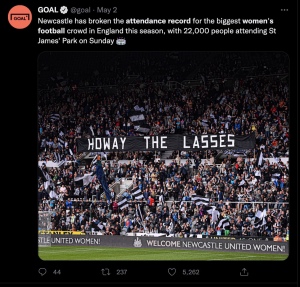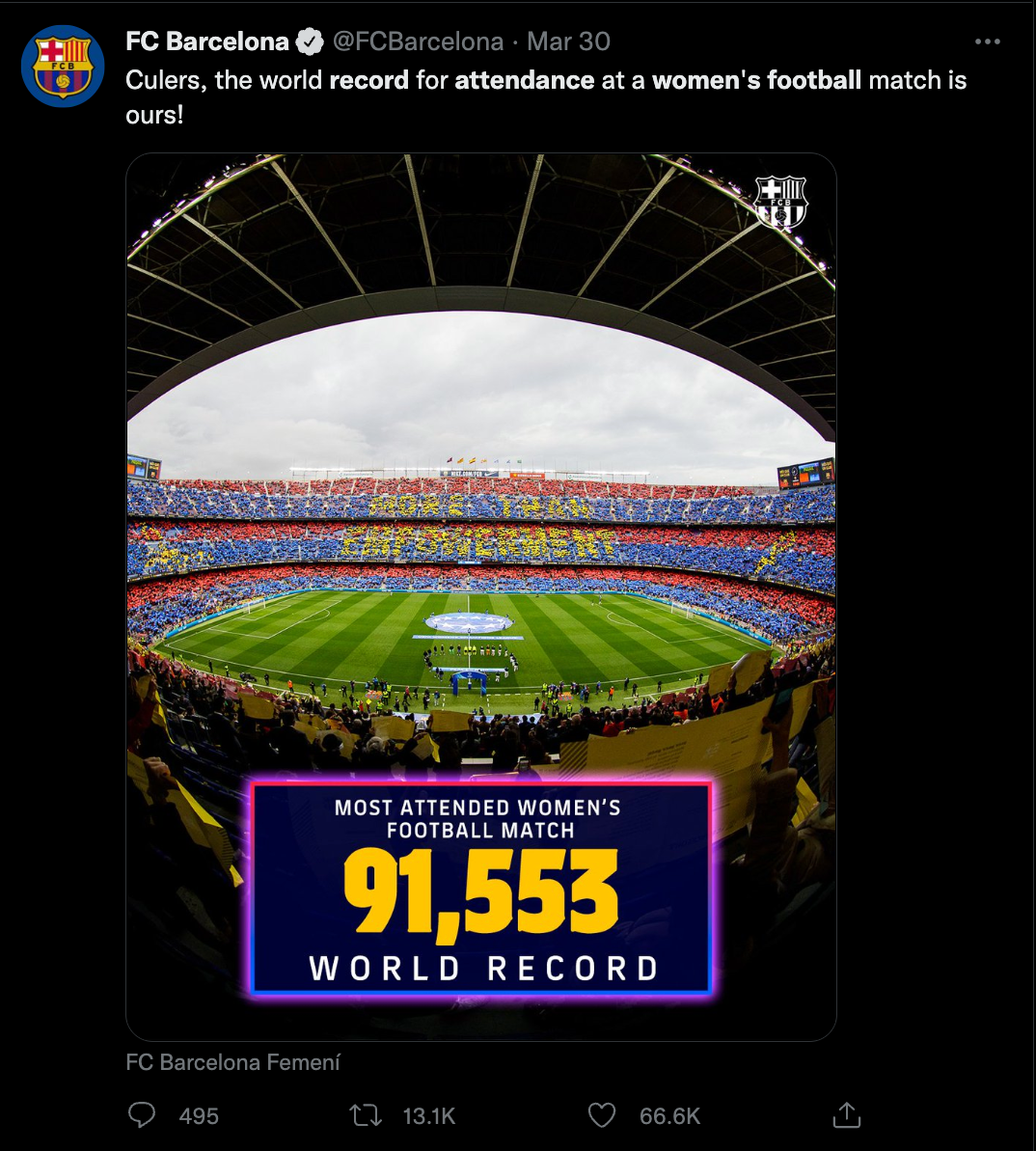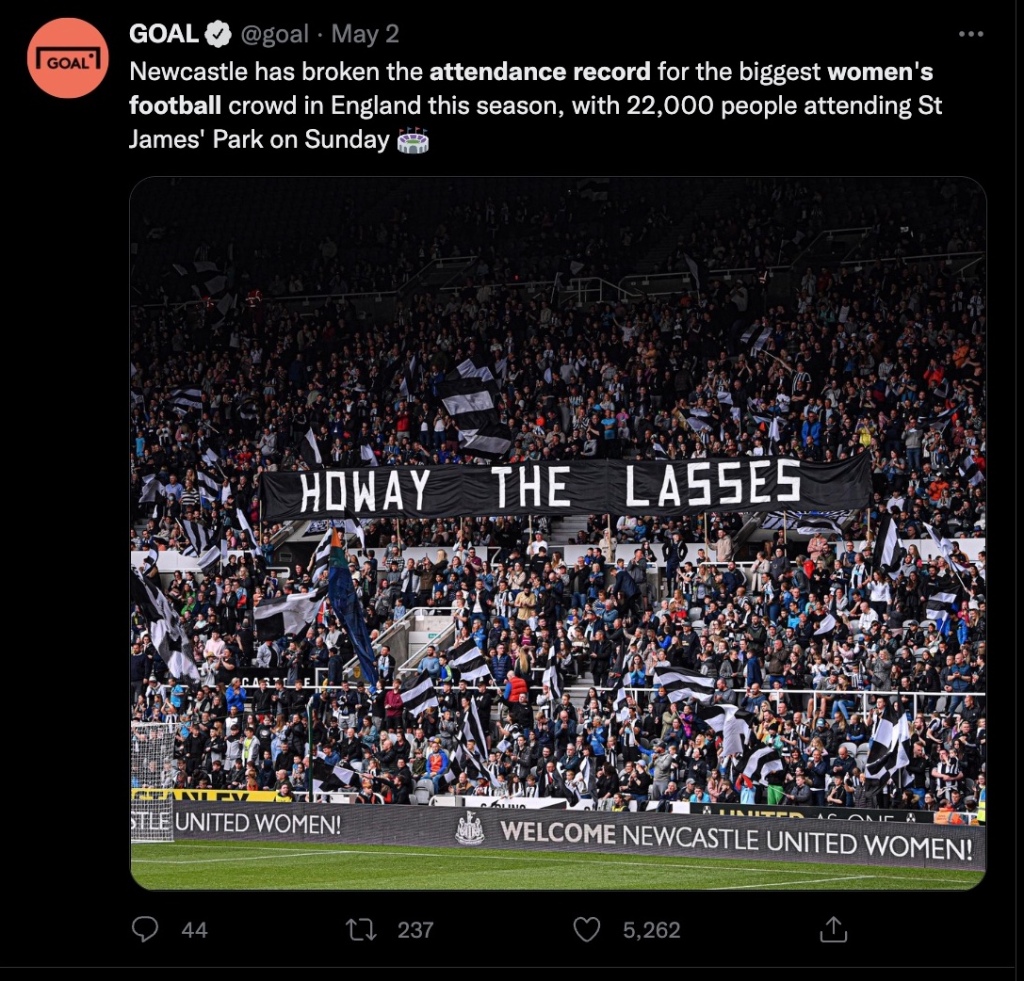
[Slowly starting up my football writing practice. Sorry I sat on this a couple days, in general I’ll try to post within a day or two of games I watch.]
A part of me knew the game would end this way. Kansas is playing barn storming, take-no-prisoners attacking football. In their last three home games, they have scored a lot of goals (5, twice; 4 in a game against us). But their opponents are getting their cuts in (Portland, 4; us, 2; Bay, 2). Questions about their defense have been drowned out by goal differentials.
Nevertheless, we won the first half. Their attack was smothered by Jasmine Spencer, Megan Reid, and Sarah Gordon. Rocky Rodríguez and Madison Hammond played their opponents right out of their socks. Alyssa Thompson was phenomenal. There was so much give and go — Claire Emslie’s goal felt like the manifestation of the team’s collective will.
We all knew, however, Kansas was going to come out of half time with a fire in the belly. And subs. One scary player after another stepped onto the field: to name just three: Lavogez, Debinha, Labonta. And sure enough, we were put on the backfoot. Our game became glitchy—the passing game was slowly unglued. We were defending, defending, defending. When the ball broke through, our attack looked sticky. For the most part, our defenders worked magic against very creative and unrelenting attack but Kansas is so good — you can’t give them the tiniest inch of possibility. Basically, they broke us down. So, we lost.
Still, this was one of those games were the football was so good you just couldn’t leave the stadium demoralized. That game offered lots of nasty fun. It made me miss playing.
For a few minutes, I stopped thinking about the Zionists in the ownership group.

By anti-Semitism here, Alexis Ohanian means the national movement on U.S. campuses demanding an end to the arming of Israel’s genocidal campaign to wipe Palestine—by which we mean Palestinians—off the map. Here he equates the call for Palestinian liberation (“from the river to the sea…”) with the chants shouted by the white supremacists at the “Unite the Right” rally in Charlottesville, Virginia. If he hears a genocidal call in “from the river to the sea, Palestine will be free,” it is because he has allowed Zionists to naturalize the association of Jewish life with Palestinian death. I’m sickened by the idea that ACFC’s ownership puts their shoulder to the Zionist project.
But there I was, in my excellent seat at a stadium named after first one bank and then another, rooting for the players on the field (I love them!)—my spirits alternately crushed by the weight of this moment, and lifted by the Palestine flags waving in the middle of the supporters’ section.















